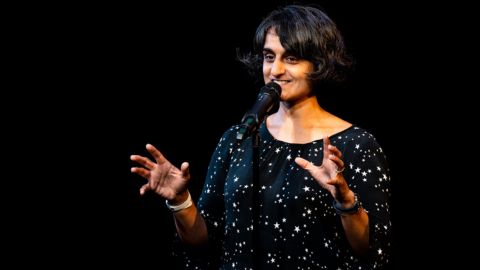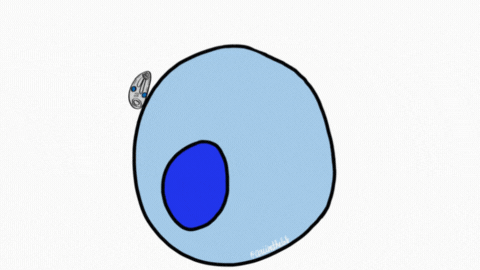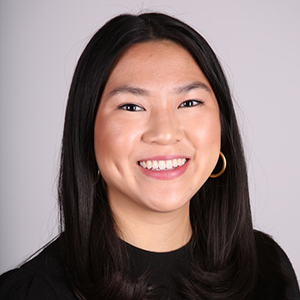Meet Parmvir Bahia
Parmvir Bahia is a neuroscientist trained in pharmacology, founder of Artha Science Media, chief executive officer of Scientists Inc. and a member of the American Society for Biochemistry and Molecular Biology Science Outreach and Communication Committee.

What is your research focus?
The role of sensory nerves in respiratory diseases.
What is the broader impact of your work?
The vagus nerve is essential to respiratory, cardiovascular and digestive system function. Mapping its reach and studying its physiology is key to helping us understand what goes wrong in diseases ranging from asthma to heart disease.
What have you learned from your work that applies to the rest of your life?
One facet of science that we all experience, but don't talk enough about, is failure. I have had several experiments that resulted in dead ends, or worse sent a project down completely the wrong track due to one false result. We can find parallels in life outside the lab, and, while it's not easy to admit when you're wrong, I think it's an important part of learning and being better.
How has being a member of the ASBMB helped you along the way?
Due to a change in personal circumstances, I recently stepped away from the bench to focus on doing scicomm and outreach work full time. Serving on the SOCC and attending the annual meetings has given me so many incredible opportunities to meet people and learn about work that allowed me to make that switch. In short, I would say that being a member has been fundamental to my current career path.
What are you watching or reading outside of work?
I've just finished watching “David Attenborough: A Life on Our Planet.” And on a more lighthearted note: “Welcome to Wrexham” — an underdog story about a Welsh football team bought up by actors Rob McElhenney and Ryan Reynolds.
What music or podcasts have you been enjoying lately?
I'm living out my heyday listening to ‘90s bands from the north of England, including Elbow, The Stone Roses, Mansun and the Kaiser Chiefs. And I like The Bugle for an irreverent look at the news.
Watch the interview
Parmvir Bahia talks about her career in science outreach and the successes and challenges of a recent project designed to put the needs of sensory sensitive kids first. Through this work, Parmvir exemplifies what it means to work with a community instead of for a community. Her advice to outreach practitioners is to treat your outreach like you do your science: research, evaluate and iterate.
Enjoy reading ASBMB Today?
Become a member to receive the print edition four times a year and the digital edition monthly.
Learn moreFeatured jobs
from the ASBMB career center
Get the latest from ASBMB Today
Enter your email address, and we’ll send you a weekly email with recent articles, interviews and more.
Latest in People
People highlights or most popular articles

Finding a symphony among complex molecules
MOSAIC scholar Stanna Dorn uses total synthesis to recreate rare bacterial natural products with potential therapeutic applications.

Sketching, scribbling and scicomm
Graduate student Ari Paiz describes how her love of science and art blend to make her an effective science communicator.

Embrace your neurodivergence and flourish in college
This guide offers practical advice on setting yourself up for success — learn how to leverage campus resources, work with professors and embrace your strengths.

Survival tools for a neurodivergent brain in academia
Working in academia is hard, and being neurodivergent makes it harder. Here are a few tools that may help, from a Ph.D. student with ADHD.

Quieting the static: Building inclusive STEM classrooms
Christin Monroe, an assistant professor of chemistry at Landmark College, offers practical tips to help educators make their classrooms more accessible to neurodivergent scientists.

Hidden strengths of an autistic scientist
Navigating the world of scientific research as an autistic scientist comes with unique challenges —microaggressions, communication hurdles and the constant pressure to conform to social norms, postbaccalaureate student Taylor Stolberg writes.

